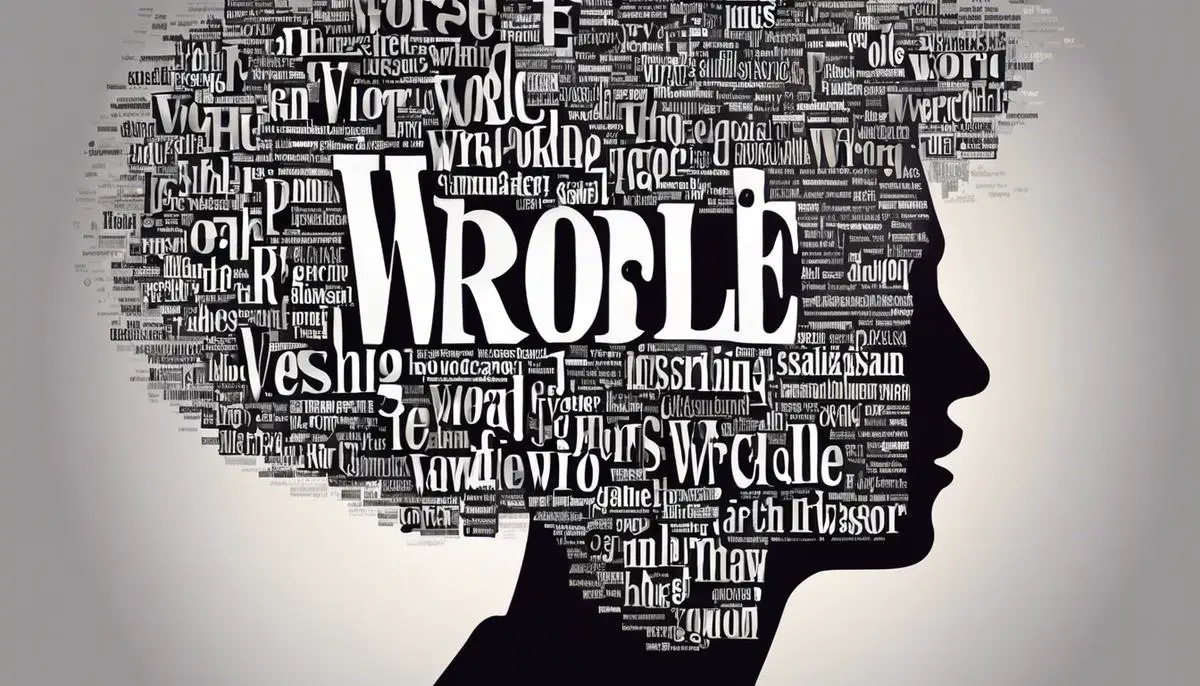Table of Contents
ToggleIntroduction
Wordle, the captivating web-based word game, has taken the internet by storm since its public release in October 2021 by Welsh software engineer Josh Wardle. This article will explore the origins, gameplay, rise in popularity, and the impact it has had on the gaming landscape.
Origins and Gameplay
Early Development
Josh Wardle crafted the prototype of Wordle in 2013, drawing inspiration from the color-matching game Mastermind. The game evolved through various iterations, narrowing down its wordlist to around 2,000 recognizable words. Initially, the prototype included all possible five-letter words in the English language, but Wardle refined it based on his partner’s feedback, creating a more engaging and accessible experience.
The Wordle Experience
Wordle presents players with a daily challenge: guess a five-letter word within six attempts. After each guess, the letters are color-coded — green for correct letters in the correct position, yellow for correct letters in the wrong position, and gray for incorrect letters. The game gained complexity with a “hard mode” option, requiring players to incorporate green and yellow letters in subsequent guesses.
Rise in Popularity
Viral Spread and Unique Features
Wordle’s popularity soared when Wardle introduced the ability for players to share their daily results as emoji squares. This feature, shared widely on platforms like Twitter, contributed to the game becoming a viral phenomenon. The simplicity of one daily puzzle, coupled with the social aspect of sharing results, fueled its rapid ascent.
Acquisition by The New York Times
Recognizing Wordle’s cultural impact, The New York Times Company acquired the game in January 2022 for an undisclosed seven-figure sum. The game transitioned to The Times’ website in February 2022 while remaining free for players. The move aimed to integrate Wordle into The Times’ digital offerings and attract up to 10 million digital subscribers by 2025.
Impact and Adaptations
Clones and Variations
The game’s immense popularity led to the creation of numerous clones and adaptations. Some introduced novel twists to the game logic, such as Absurdle, an adversarial version with a changing target word. Additionally, Wordle inspired a variety of non-word games like Worldle, Heardle, and Nerdle, showcasing the game’s influence beyond its original concept.
Multilingual Expansion
Wordle’s success among English-speaking users prompted adaptations into over 44 languages. Open-source versions emerged, allowing linguistic flexibility and cultural inclusivity. This global expansion emphasized the game’s universal appeal and the creative ways it connected with diverse audiences.
Conclusion
In just over a year since its public debut, Wordle has become a cultural phenomenon, captivating millions worldwide. Its journey from a simple prototype to a global sensation showcases the power of engaging gameplay, social interaction, and cultural adaptability. As Wordle continues to influence the gaming landscape, its legacy remains a testament to the magic of a well-crafted word game.

